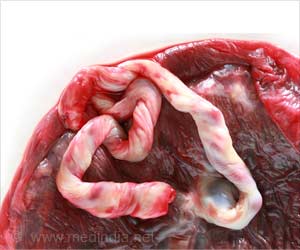Advanced imaging techniques might make gold useful in cancer treatment. They allow scientists to see where gold complexes used in potential chemotherapeutic treatments end up in cells.

In work published recently in The Royal Society of Chemistry journal Metallomics, researchers at The University of Western Australia and Griffith University's Institute for Glycomics describe the two techniques.
Lead author, Dr Louise Wedlock, who carried out the work while at UWA's School of Biomedical, Biomolecular and Chemical Sciences, and her colleagues, write that one technique - nanoscale secondary ion mass spectrometry - enabled the visualisation of the gold at a subcellular level. The other technique - energy filtered transmission electron microscopy - gave element maps for the gold, allowing the scientists to see nuclear and mitochondrial morphology.
The analysis was undertaken by UWA's Centre for Microscopy, Characterisation and Analysis.
"In the past few years, there has been a resurgence of interest in the medicinal chemistry of gold compounds, particularly as anticancer agents," they write.
"A stimulus for this research has been the increasing realisation that the unique properties of metal ions can be exploited in the design of new drugs. Certain gold compounds are selectively toxic to cancer cells but not to normal cells. However, the development of gold-based chemotherapeutics requires a much deeper understanding of the subcellular biochemical pathways involved."
Advertisement
Advertisement












